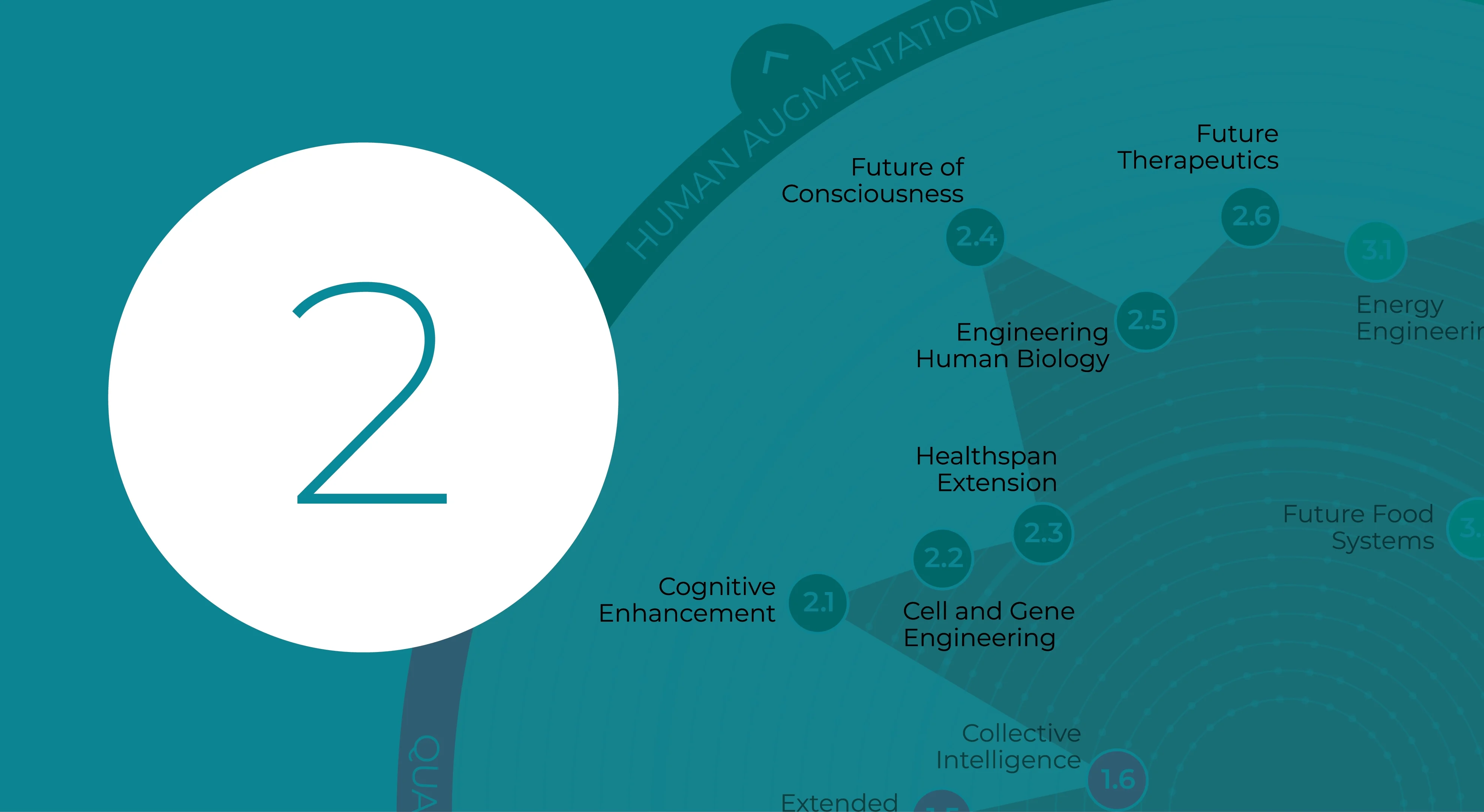- (5mins)
Welcome and house rules






By better understanding the structures and processes within living cells, scientists are learning how to reprogramme human cells so that they develop in different ways. Cellular reprogramming can change a cell’s identity, or be used to reverse age-related biological changes in cells, with strong implications for therapeutics. At a higher order of organisation, growing replacement tissues and organs from stem cells is a longterm goal for modern medicine. To achieve this, it is necessary to first understand how those tissues develop naturally, and how to encourage correct development. However, at present we have limited control over cellular (re)programming, especially how different cell types respond. How will these technologies develop, and what breakthroughs can we expect in the next 5, 10 and 25 years?


Organoids are clusters of cells that mimic the development of tissues and organs. They are an increasingly valuable tool for understanding human development, including the progression of inherited diseases. Organoid systems have been developed for many bodily systems. Ultimately, organoids could replace a great deal of animal testing, especially if combined with organ-on-a-chip technologies and AI. However, at present the culturing of organoids is inefficient and it is difficult to scale them up to model more complex tissues. What kinds of advances in this area can we expect in the next 5, 10 and 25 years?

Embryo-like structures can be grown from stem cells. These structures mimic early embryos, which have hitherto been in short supply for research. They are helping us understand the processes and signals that are involved in early embryonic development, and could ultimately lead to treatments for genetic diseases and certain forms of infertility. At present it is difficult to make model embryos that are controllable and true to life, limiting their usefulness – but bioengineering techniques could help with this. Model embryos also exist in a regulatory and ethical grey area, because they are not true embryos but are also not simply cell cultures. Given all of these challenges, what advances can we expect to see in the next 5, 10 and 25 years?


With the astounding advances in genome engineering and synthesis techniques over the past few years, scientists are now asking themselves whether it is possible to create an entire human genome from scratch. Whilst this technological achievement is considered to be many years in the future, the efforts to realise it are likely to result in many new breakthroughs for large scale genome engineering and de novo chromosome design. Many of these advances could lead to new healthcare strategies as well as applications for agriculture and biodiversity. Furthermore, the social and ethical questions arising from the creation of a synthetic human genome are likely to drive new paradigms for understanding accountability within scientific practice itself. Given the efforts towards the creation of a synthetic human genome, what advances can we expect to see in the next 5, 10 and 25 years?

